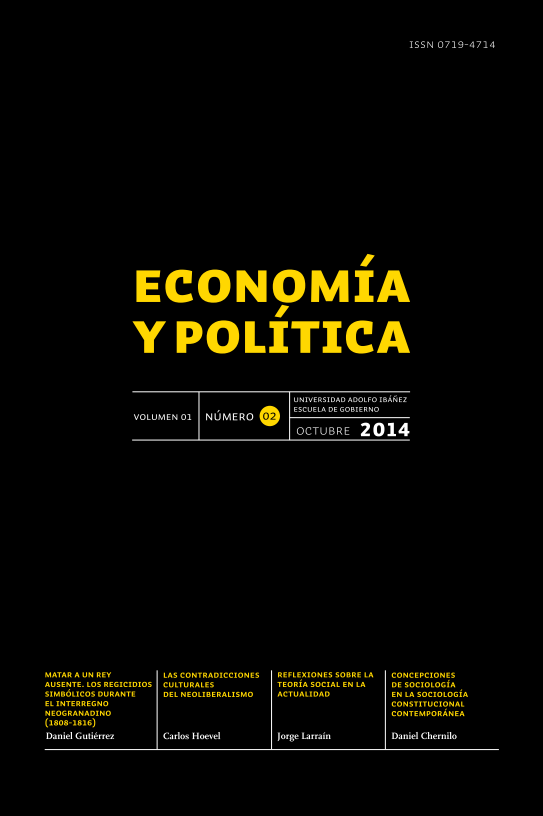Killing an Absent King. Symbolic Regicides during the Neogranadino Interregnum
DOI:
https://doi.org/10.15691/07194714.2014.005Keywords:
Ferdinand VII, symbolic regicides, Independence revolution, New Granada, iconoclast movementAbstract
In the years immediately preceding the arrival of Spanish troops in the New Kingdom of Granada, numerous symbolic executions of Ferdinand VII and his predecessors on the throne of Castile took place. Unfortunately, the documents available on the subject are extremely frugal. Using different types of sources and contrasting evidence of various kinds, this article examines the extent of the phenomenon and analyzes its meaning and importance. After demonstrating that the iconoclastic ceremonies were a phenomenon common to the whole neogranadino revolutionary geography, the text establishes the exact moment when they occurred. The hypothesis is that the regicides in paintings could only occur in the biennium 1815-1816, that is, after the declaration of Independence, the return of Ferdinand VII to the Spanish throne and the incorporation of the state of Cundinamarca to the United Provinces. Next, the article questions the relationship that links the murders of royal portraits in New Granada with the beheading of Louis XVI, suggesting that killing the monarch’s simulacrum was not only a sign of revolutionary radicalism, but also essential for the solid building of a republican order.


